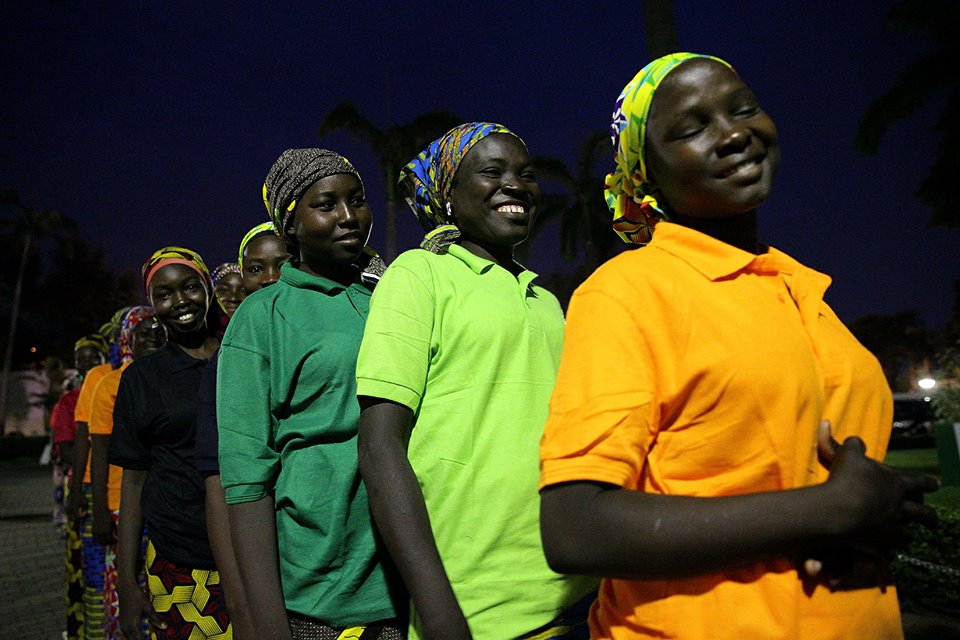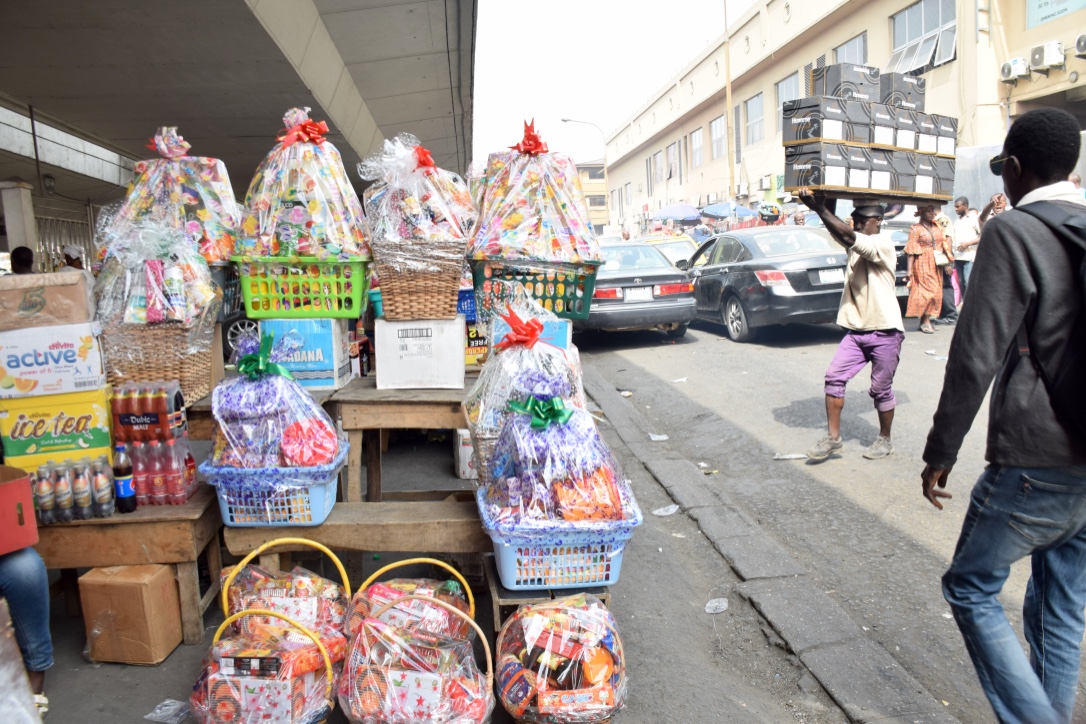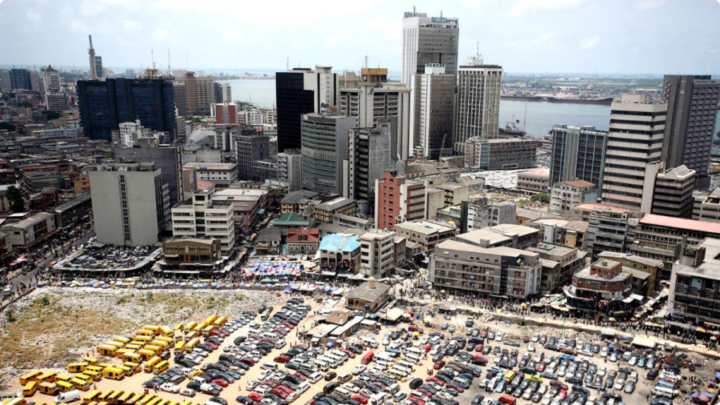Nigeria’s society is unequal and even more so when viewed through the gender prism. Available data regarding the wellbeing of our children – male and female – leave one with a sense of unease and fearful apprehension. There are trends which, if not arrested and reversed, spell doom for a future that already does not inspire much cheer.
According to UNICEF as of 2017 64% of Nigerians were living below the poverty line, and 70% of our kids affected by multi-dimensional poverty. It is thus no surprise that issues like low school enrolment, child marriage and other attendant challenges persist.
Reports indicate that Nigeria accounts for 20% of the world’s out-of-school population and 45% of children out-of-school in West Africa. In the North-East and North-West regions, only 41% and 47% of eligible girls are enrolled in primary school and of this number, a significant proportion doesn’t go on to complete secondary education.
The low level of education in girls cannot be divorced from some other disheartening trends: 23 million girls and women married for the first time as children. Not only is prevalent child marriage glaring proof of inequality, but it is also directly linked to low literacy levels. Child brides are less likely to seek or receive medical attention during pregnancy and this, no doubt, bears some impact on the maternal mortality rate. For every 100,000 live births in Nigeria, 576 women die. This number is only better than the figures recorded in three other countries, namely: Sierra Leone, Central Africa Republic and Chad.
Advertisement
On the political front, in recent years, we have witnessed a steady decline in the representation of women in governance. This is even as we have not been able to attain 10% representation for women across the board since the return to democracy in 1999. Currently, women’s representation stands at 6.42% in the Senate and 3.05% in the House of Representatives, with four female deputy governors across the country and 40 women legislators in state parliaments. The low level of women’s participation and representation in governance can be traced to issues such as lack of financial capacity, low literacy levels and discriminatory attitudes, among others. Many of these factors are determined by conditions in which girls are raised and are, therefore, already in effect during childhood.
Yet another manifestation or consequence of the inequality in which the Nigerian girl child is brought up is apparent in health indices and other social indicators.
Only 29.3% of young women (aged between 15-24) correctly identify ways to prevent HIV transmission. Only half of the female population aged between 15-49 are aware of how HIV transmission from mother to child can be prevented. 33.7% of women aged between 15-49 justify domestic violence and only 41% of pregnant women aged 15-49 receive ante-natal care.
Advertisement
Sexual exploitation and molestation of girls and (young) women calls for serious concern; 15.1% of young women aged 15-24 had their first sexual encounter before they turned 15, 41.2% of whom engage(d) in sexual relationships with men who are 10 years older (or more).
Considering the relatively low level of awareness about HIV and other STDS, it is extremely alarming that condom use with non-regular partners stands at 46.6%. What this likely points to is lack of agency and that sexual relations/interactions are steeped in inequality.
The internet presents many of Nigeria’s youth with opportunities beyond their geographical location and helps a great deal in acquiring skills which are often not taught within the classroom, or which they or their parents cannot afford to pay for. However, even when it comes to internet use, young women are at a disadvantage with only 13.4% (as opposed to 20.6% of young men) having access to a computer and 17.3% (as opposed to 32% of men in the same age bracket) using the internet.
What the quoted figures – and others – show is that a lot of work needs to be done to improve the welfare and living conditions of children and young people across the board, but with more emphasis when it comes to reaching girls and young women.
Advertisement
Social dictates which limit the aspirations of women are equally present at childhood, directing what girls can or cannot be interested in before they are capable of developing an informed world view. These figures tell us that there can be no marked improvement in the maternal mortality rate or the prevalence of child marriage if our girls are not enrolled in school and if they do not remain in school.
These data shows that if indeed we are serious about enhancing the representation of women in governance, then as we build the capacity of those who are grown and interested in politics, we must also place the feet of our daughters on the path to political prominence by giving them education and providing opportunities for subsequent economic empowerment while also countering discriminatory rhetoric.
There are many challenges facing girls and women in different parts of the country and we must design and implement effective policies as we simultaneously execute behavioural change campaigns tailored to each challenge and the region in which it occurs. It would be an egregious error to assume that one-minute adverts on national TV or radio in the three major languages, pidgin and English, would undo the work that centuries of conditioning have done.
We need strong laws and an efficient justice system. There are frequent reports of girls and women being raped; often, perpetrators are let off with a slap on the wrist. As shown by the recent sex for grades documentary by BBC Africa and numerous others before such as the case involving Monica Osagie at the Obafemi Awolowo University, sexual harassment and exploitation are the order of the day in our academic institutions. This happens in other sectors as well and it persists because culprits are seldom held accountable.
Advertisement
At the federal level, the Ministry of Women Affairs must be more proactive and all institutions charged with the responsibility of creating a more equal world for girls and women need to be granted funding that is commensurate with the enormous challenges which need to be tackled.
In the final analysis, every policy at federal and state levels should have a gender component and the Gender and Equal Opportunity Bill needs to be revisited by the Ninth National Assembly. States which have domesticated the Child Rights Act or have passed their version of a child protection law should work towards better implementation/enforcement, while advocacy efforts should be targeted at those states which are yet to do this.
Advertisement
Views expressed by contributors are strictly personal and not of TheCable.
Add a comment







